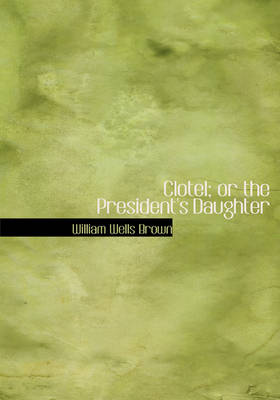Bedford Cultural Editions
2 total works
Originally published in 1853, Clotel is the first novel by an African American. William Wells Brown, a contemporary of Frederick Douglass, was well known for his abolitionist activities. In Clotel, the author focuses on the experiences of a slave woman: Brown treats the themes of gender, race, and slavery in distinctive ways, highlighting the mutability of identity as well as the absurdities and cruelties of slavery. The plot includes several mulatto characters, such as Clotel, who live on the margins of the black and white worlds, as well as a woman who dresses as a man to escape bondage; a white woman who is enslaved; and a famous white man who is mistaken for a mulatto. In her Introduction, scholar Joan E. Cashin highlights the most interesting features of this novel and its bold approach to gender and race relations. This volume, the latest in the American History Through Literature series, is suitable for a variety of undergraduate courses in American history, cultural history, women's studies, and slavery.
This edition of 'Clotel' is the only one to include selections from the key texts and cultural documents that Brown drew upon when he wrote his novel. The streamlined second edition includes an updated introduction and features cultural documents which focus more directly on the texts about slavery and race that Brown used.

